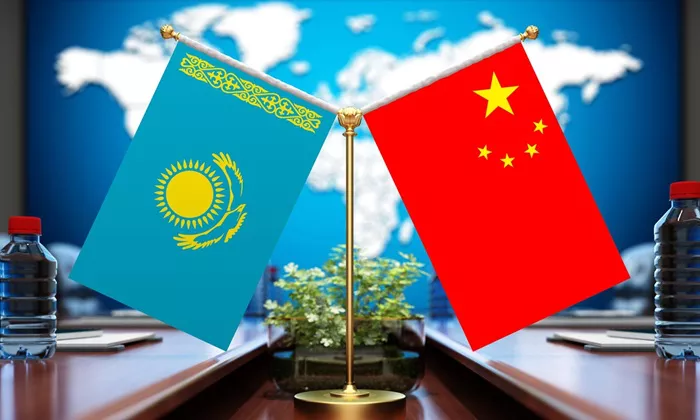Kazakhstan and China are set to strengthen their strategic partnership with the signing of 60 agreements valued at up to $25 billion during the China–Central Asia Industrial and Investment Cooperation Forum held in Astana. A key highlight of this growing alliance is Kazakhstan’s collaboration with the China National Nuclear Corporation (CNNC) on nuclear energy projects, including plans to build nuclear power plants and conduct joint research on uranium ore deposits that span the two nations.
Kazakhstan President Kassym-Jomart Tokayev described the current phase of bilateral relations as a “new golden period,” emphasizing China as a reliable and long-standing partner. Trade between the two countries reached a record $44 billion in 2024, with China remaining Kazakhstan’s largest trading partner.
At the forum, China’s Belt and Road Initiative (BRI) was spotlighted, with discussions focused on infrastructure development such as modernizing logistics corridors, constructing new border facilities, and simplifying customs processes. These efforts aim to solidify Kazakhstan’s position as Central Asia’s main transit hub.
President Tokayev stated, “We consider CNNC a reliable strategic partner for our nuclear power plant construction project. CNNC is globally recognized for its expertise and will play a significant role in Kazakhstan’s market. Additionally, Kazakhstan is a trusted supplier of natural uranium and nuclear fuel to China.”
Kazakhstan is a vital uranium supplier globally, holding 12% of the world’s natural uranium reserves and accounting for 43% of the global supply. It ranks as the second-largest uranium supplier to the United States after Canada, providing 25% of U.S. imports in 2022—more than twice the amount sourced from Russia. Despite its rich uranium resources, Kazakhstan does not currently generate nuclear energy, relying heavily on coal (68%) for its power mix, followed by natural gas and hydropower.
For China, securing uranium supply is part of a broader strategy to expand its nuclear energy capacity. The country aims to build 150 nuclear power plants by 2035, a plan that could position China ahead of the United States in nuclear electricity production. Currently, China has 56 nuclear reactors in operation and 27 more under construction—the highest number worldwide. The rapid pace of construction, at 6 to 8 reactors per year, supports China’s goal to surpass U.S. nuclear power output by 2030. By contrast, the U.S. has only commissioned two new reactors in the past decade.
Experts from the Information Technology & Innovation Foundation (ITIF) suggest China will leverage its growing domestic nuclear industry to export reactors competitively, mirroring its approach to electric vehicles and batteries. Notably, Saudi Arabia has considered China’s bid to build a nuclear power plant, which could challenge U.S. influence in the region. The U.S. had previously shown interest in a civilian nuclear partnership with Saudi Arabia but imposed non-proliferation conditions that caused delays.
Innovation remains a strong suit for China’s nuclear program. In December 2023, China launched the Shidaowan-1 nuclear plant—a 200 MW gas-cooled, fourth-generation reactor built with 90% indigenous technology, marking a global first. Most of China’s current fleet consists of third-generation reactors originally designed by U.S.-based Westinghouse in the late 1990s. ITIF credits China’s success to a cohesive national strategy that includes supportive policies such as feed-in tariffs, low-interest financing, streamlined regulatory approvals, and efficient supply chains—factors that help make its nuclear industry cost-competitive.
Meanwhile, the U.S. government is aiming to revive its nuclear sector. In April, the Trump administration issued four executive orders to accelerate reactor deployment and increase nuclear energy capacity from 100 GW in 2024 to 400 GW by 2050. However, the U.S. holds less than 1% of the world’s uranium reserves and remains heavily dependent on imports, particularly from Kazakhstan. Despite a twelvefold increase in domestic yellowcake production in 2024 (700,000 pounds), the U.S. still imported 32 million pounds of uranium that year.
As Kazakhstan and China deepen their cooperation on nuclear energy and trade, the geopolitical dynamics of uranium supply and nuclear development are poised to shift significantly in the coming decade.


